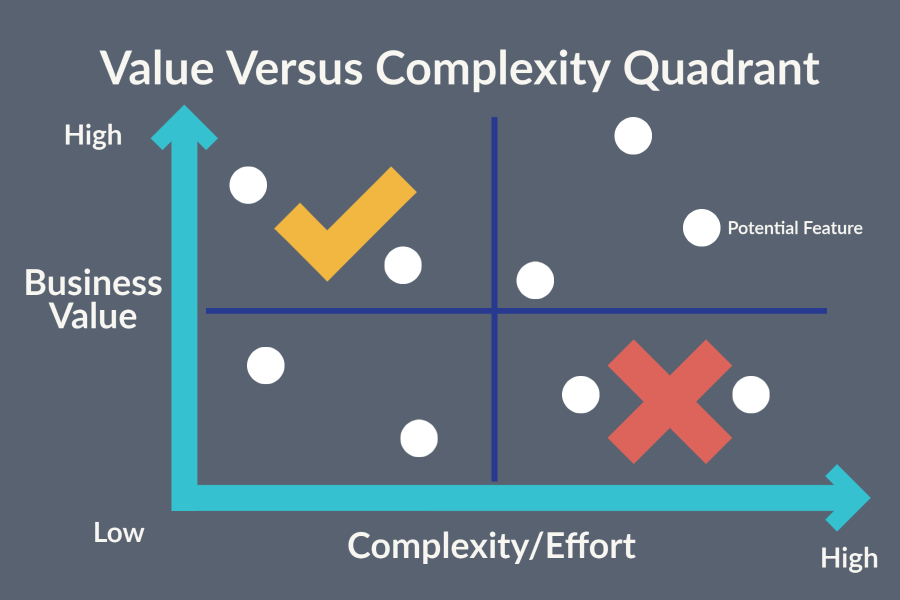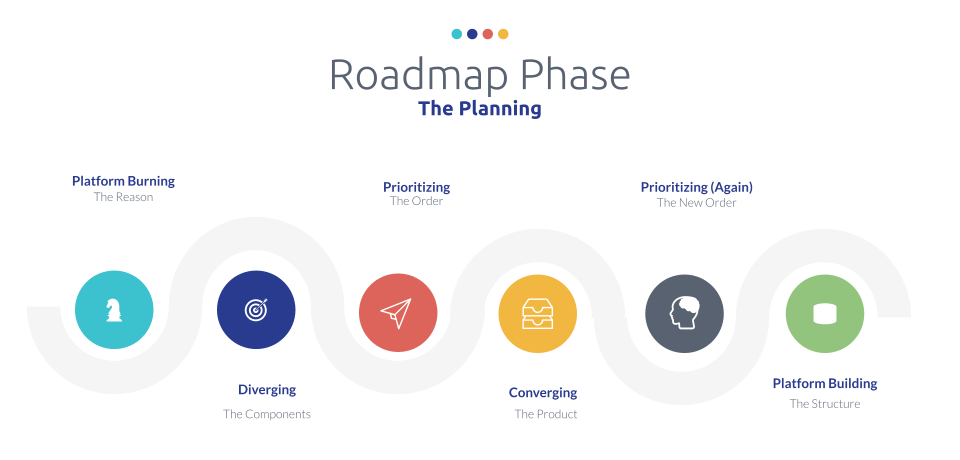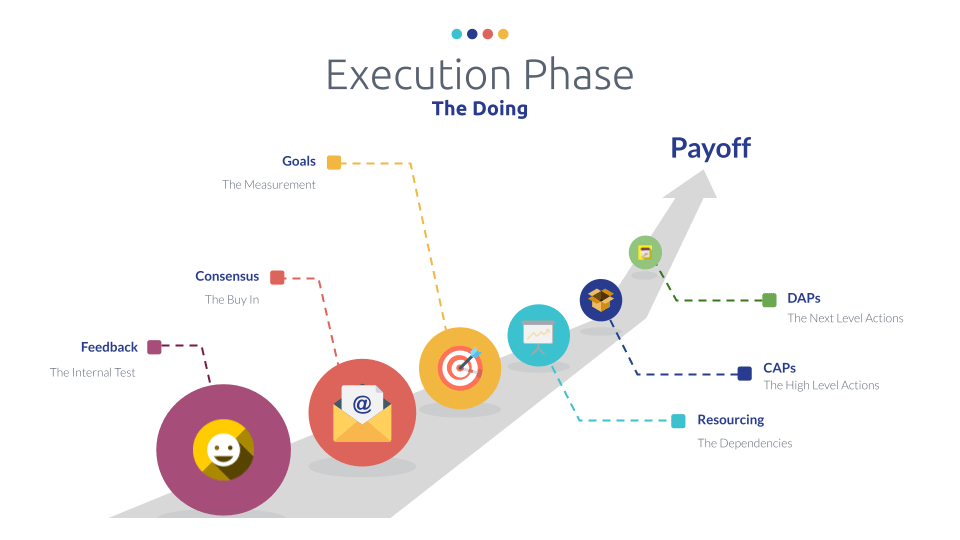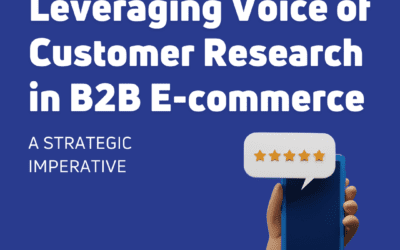In the e-commerce world, a microsite, multisite, or extended site has many interpretations or definitions. Collectively, we will refer to them as an “e-site,” which in general describes the idea of having multiple websites that address different business needs in an...
Insights
Strategic Roadmap Planning
BlueSky Commerce Blog
Featured
Related Posts
Speed Up, Cash In – Increase E-Commerce Performance
Why Performance Matters In today's digital age, the performance of an e-commerce site is a critical factor in determining the success of an online business. A fast, reliable, and responsive e-commerce platform enhances the user experience and directly impacts sales...
Have Questions?
Get In Touch

Kevin Lyons
- The Great Debate: Buy vs. Build
- The Intention of a Mobile First Strategy
- The Simple Beauty of a Flow Chart
- Multi-Sized Lessons for Multi-Sized Approaches
- Is Strategy a 4 Letter Word?
- The Power of One
- Carpenters and Their Tools: The Operations Behind Transformations
- The Evolution of Organizational Value
- The Sweet Sound of a True Strategic Culture
- Strategic Importance of Sequencing Commerce, Customer, and Operational Technologies
Follow Us
Strategic Roadmap Planning
A Drop Of Water Can Move An Ocean
Many business leaders I interact with, especially in small or medium organizations, realize more than ever that change is necessary. They know taking the time to plan to meet that change is important. So, why don’t they? Usually, it is due to a lack of time and resources mixed with an abundance of fear. Making changes to their business or technical environment can create a ripple effect across the organization. If they implement a change without thinking through the implications, it could create problems for their business’s operations. It could also introduce security and regulatory weaknesses. And even if the team addresses these risks, the change itself could be disruptive. It is for these very reasons that creating and implementing a strategic business and technical roadmap is critical.

Roadmap Creation: A Three-Pronged Attack
The key to successful strategic planning and building your roadmap comes from a strong customer journey map, as we should always start with the customer in everything we undertake in the organization. The results of this lead to a three-pronged approach that includes:
- Innovation – this comes from several sources including customers, employees, process work, industry, market, or competition.
- Infrastructure – these usually include company-mandated capital projects that feed all customer-facing or user-facing technologies and processes. These may be things like ERP, New Physical Building projects, telephony, or communications.
- Performance – what falls into this category typically includes those things that are not usually the “sexy or cool” projects to work on, but are incremental changes that can mean a lot to your business.
It is the combination of these that fill out the majority, if not the entire, roadmap planning to support your strategy.

A 360 Path to Successful Strategy
At BlueSky, we feel we differentiate with our 360 Approach because we look at your entire business when it comes to building your strategy and supporting roadmap. We think of execution the entire time we are creating that plan with you to maximize success. Using the Malcolm Baldrige Criteria to Performance Excellence, we cover all aspects of your company. We start at the very beginning with your Organization’s profile centered around your Mission, Vision, and Values (and Purpose for those that subscribe to this). We take a hard look at how Leadership drives the organization, develops and implements strategy centered around your Customers, Workforce, and Operations driven by Measurement that leads to Results. When it comes to strategic planning we look at how your team is involved today, whether it is tops down or bottoms up, to establish a baseline and drive toward a blended way of planning. We feel this takes your current culture into account and works toward building from there.
The Two Phases of Strategic Planning
Leveraging our 360 approach, we break up Strategic Planning into two major phases with components that guide your organization through each. The ROADMAP PHASE and the EXECUTION phase are equally important and one cannot exist without the other.
Roadmap Phase
Burning Platform – Why are we even coming up with a strategy (or new one) to begin with? This can be driven by intrinsic or extrinsic factors.
Diverging – Breaking your organization into smaller parts (operating units, departments, etc.) to go off and do their own planning or wish list of initiatives to support the plan is critical to ensure all voices are considered.
Prioritizing (Part One) – That smaller group must force rank their initiatives by using a simple method of Value Targeting based on level of value to the organization and level of difficulty to implement.
Converging – Here you get all the smaller groups back together to provide a read out of their prioritized lists and then plot them all on a master planner.
Prioritizing (Part Two) – Once all projects are listed out in order of priority by each group, the hard work begins to balance all priorities against resources and return. This time to return (or estimated time to payback) can be based on both your annual and long term strategy.
Platform Building – After all of these steps are completed, you can begin to put hard ink on these plans to get to more detailed level estimates for resources, return. Doing so means considering your current development operations model to appropriately place them on the strategic plan.


Execution Phase
Feedback – The final draft of the strategic plan and roadmap requires a litmus test to those closer to getting the work behind the strategy done.
Consensus – After all inputs are considered on the plan, communication is critical to ensure everyone is moving toward the overall objective.
Goal Development – Transitioning from an event planning part of the strategy to living it every day is building real SMART (Specific, Measurable, Actionable, Realistic, and Timebound) goals that should be reviewed in your performance management rhythm.
Resourcing – It takes people, time, and money to get the plan done. This is the time to coordinate your operating plan, finances, and organizational structure in place.
CAPs – Company Action Plans follow to keep track of open items needed to achieve the steps in the strategy.
DAPs – From the Company Action Plans, you must develop Department Action Plans that specify the who, what, when, where and how you will get the work done.

BlueSky uses other factors when mapping out your business strategy. These considerations include Seasonality in your business, your organizational structure, and current mandates or extrinsic demands on time to return for any project or initiative.
Conclusion
When it comes down to why all this really matters, we can summarize it into three things:
- Setting The Stage – There must be a reason for creating change
- Aligning The Team – There must be buy-in to achieve your goals
- Painting The Vision – There must an aspiration to rally the team around future success
This all plays into a true Digital Transformation Strategy that not only can you share internally within the organization, but externally as well. If this sounds like just the kind of future you need for your organization, reach out to BlueSky and let’s start a conversation using our 360 Approach today.
Start the Conversation
BlueSky’s unmatched commerce expertise allows us to help our clients understand how to utilize omnichannel and business solutions to reach, attract, engage, and grow customers.

Related Posts
7 Effective Ways to Increase Your Average Order Value (AOV) in B2B and B2B2C E-commerce
In the competitive B2B and B2B2C e-commerce landscape, businesses are grappling with slower sales growth and the need to find new revenue streams. Leaders responsible for e-commerce strategies must focus on innovative approaches to recover lost revenue and drive...
Leveraging Voice of Customer Research in B2B E-commerce: A Strategic Imperative
Understanding stakeholder needs is crucial in the rapidly evolving landscape of B2B commerce. Conducting Voice of Customer (VoC) research has emerged as a strategic imperative for businesses aiming to transition to B2B e-commerce successfully. This blog will outline...
Navigating the Challenges of B2B E-commerce: Overcoming Sales Team Acceptance
The digital revolution has reshaped the way businesses operate, and B2B e-commerce has emerged as a critical avenue for growth. However, transitioning to B2B e-commerce is challenging, and one significant hurdle is gaining acceptance from your sales team. This...



